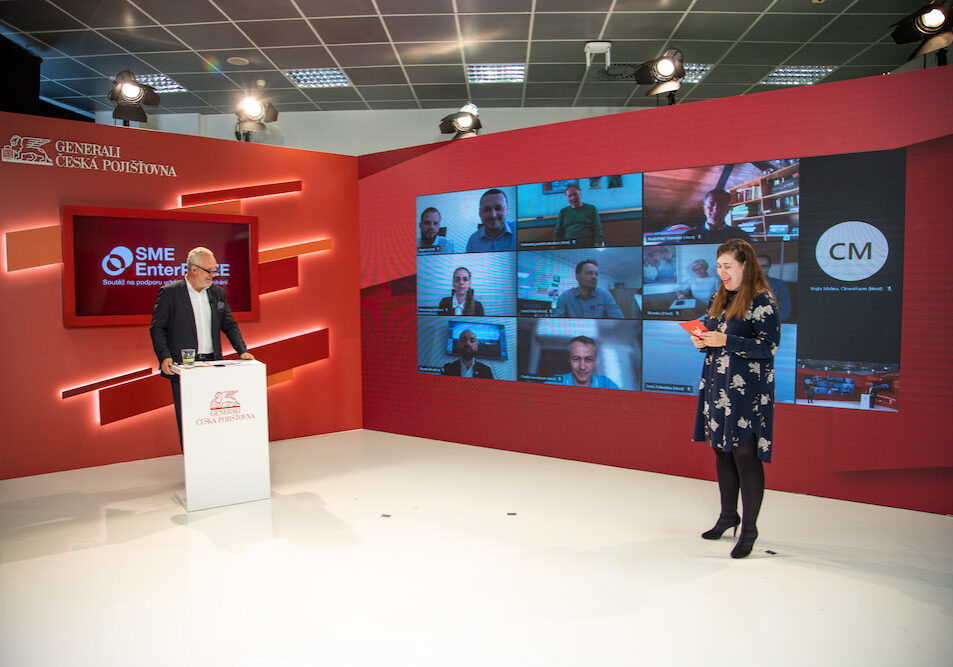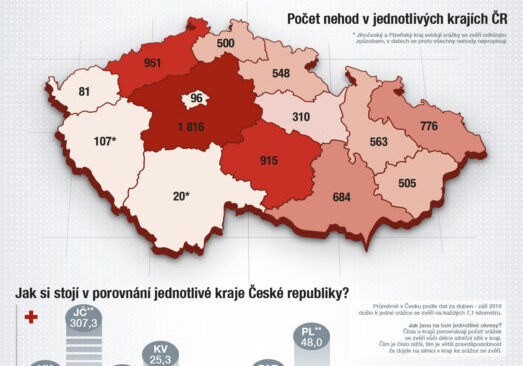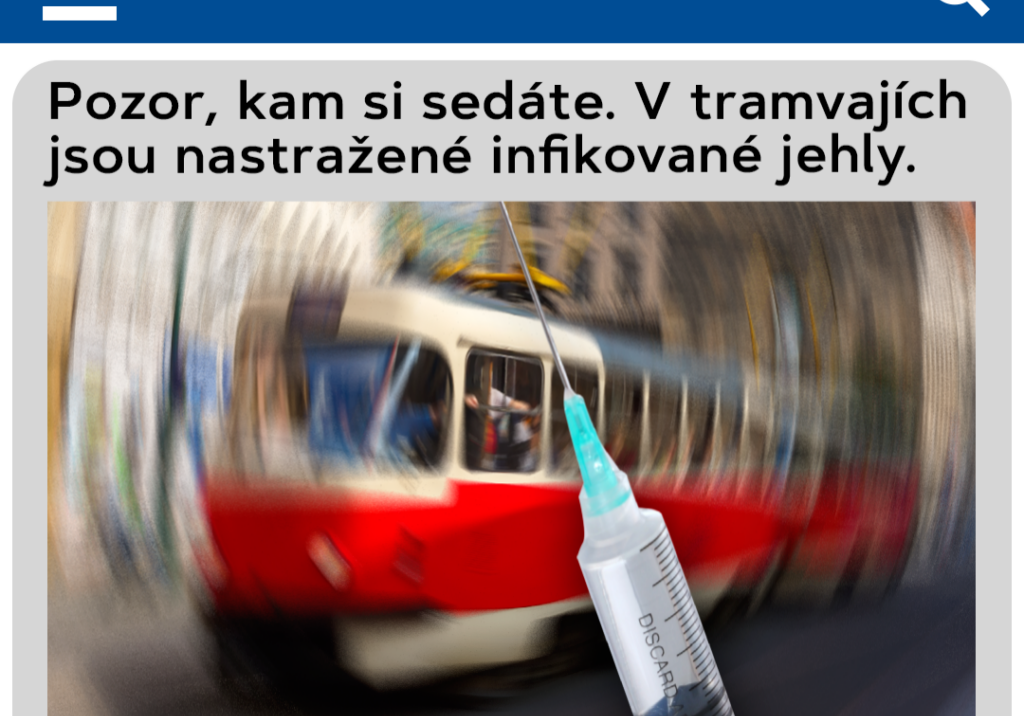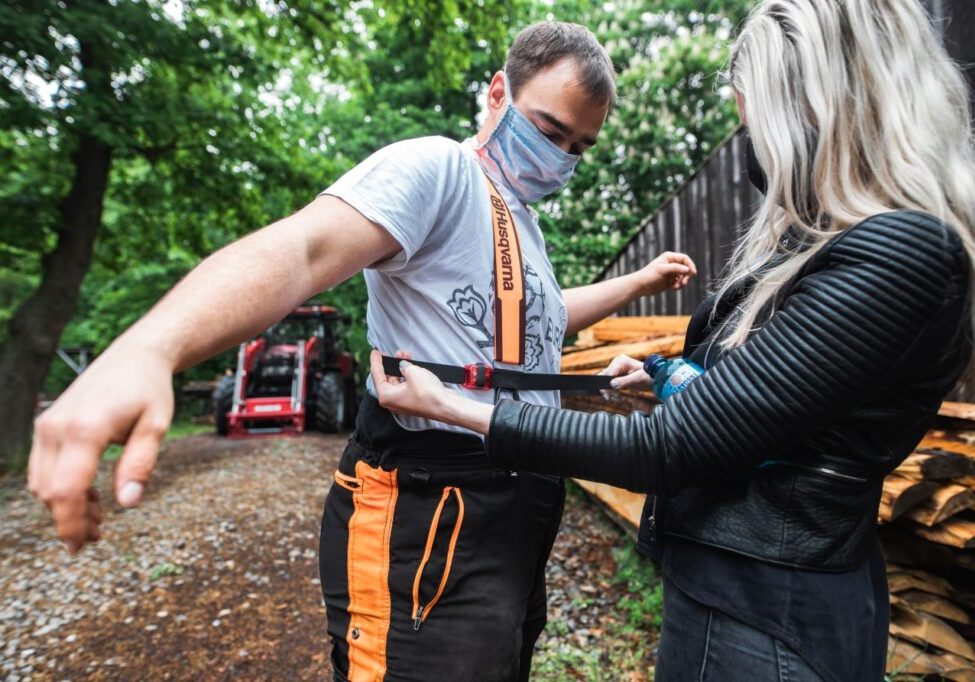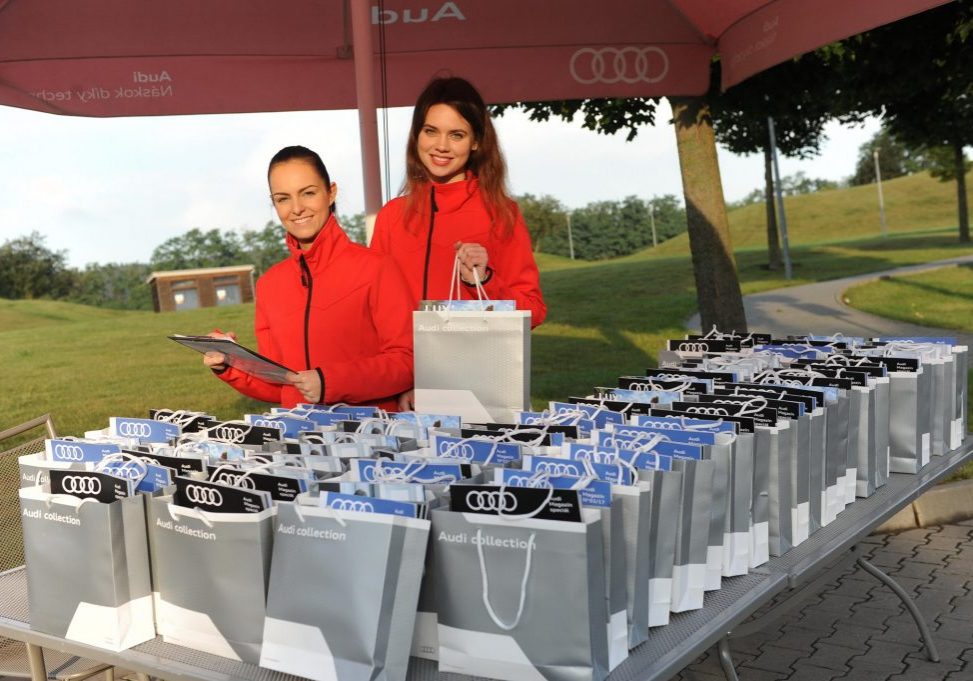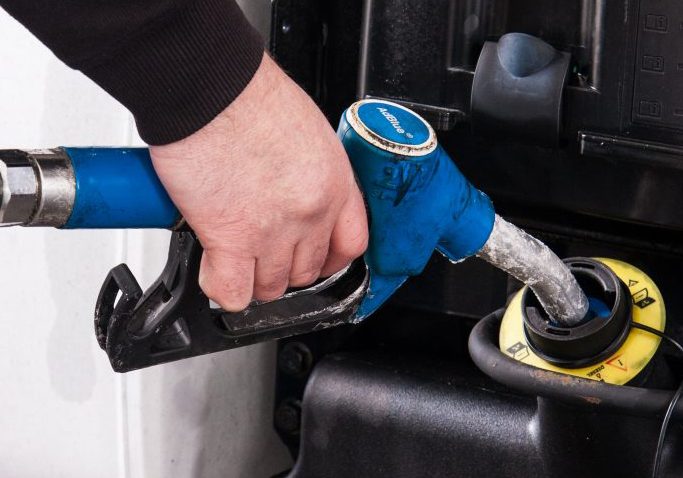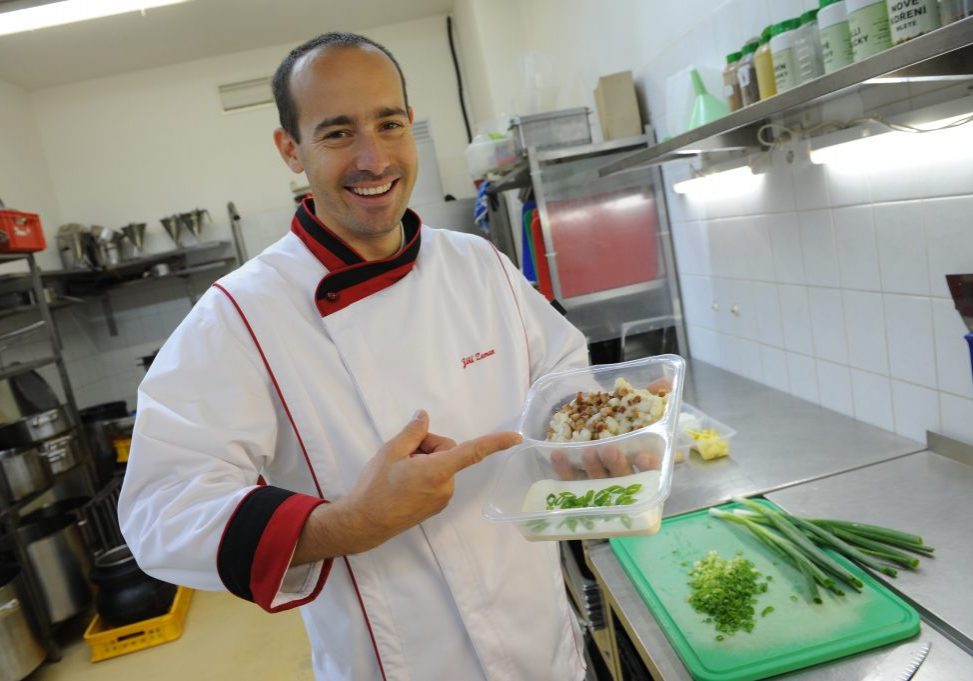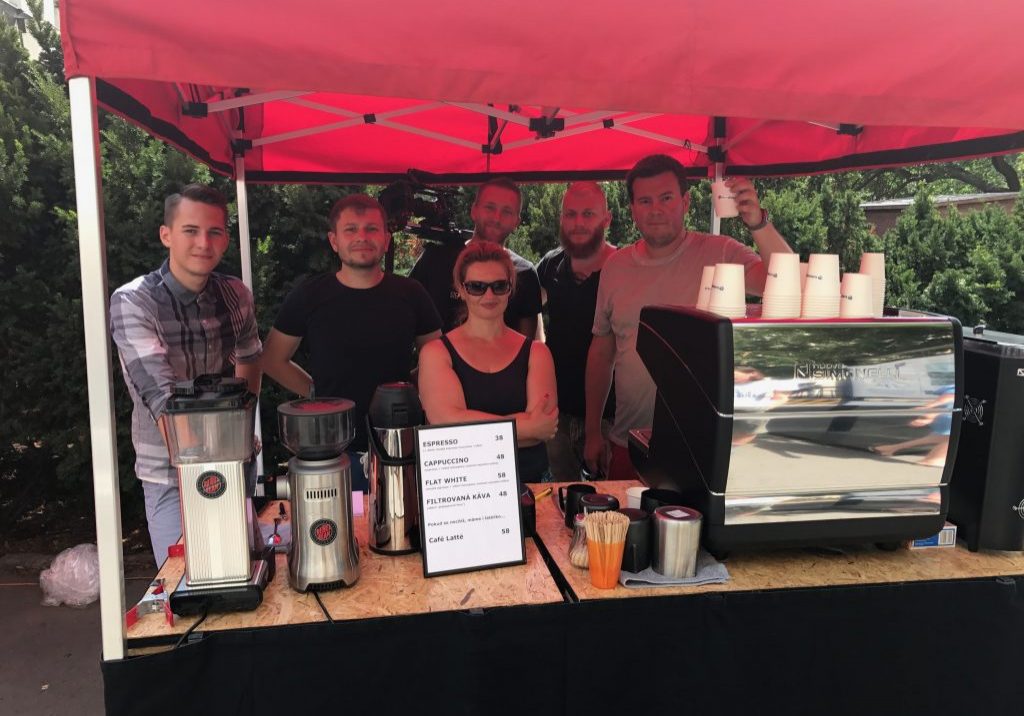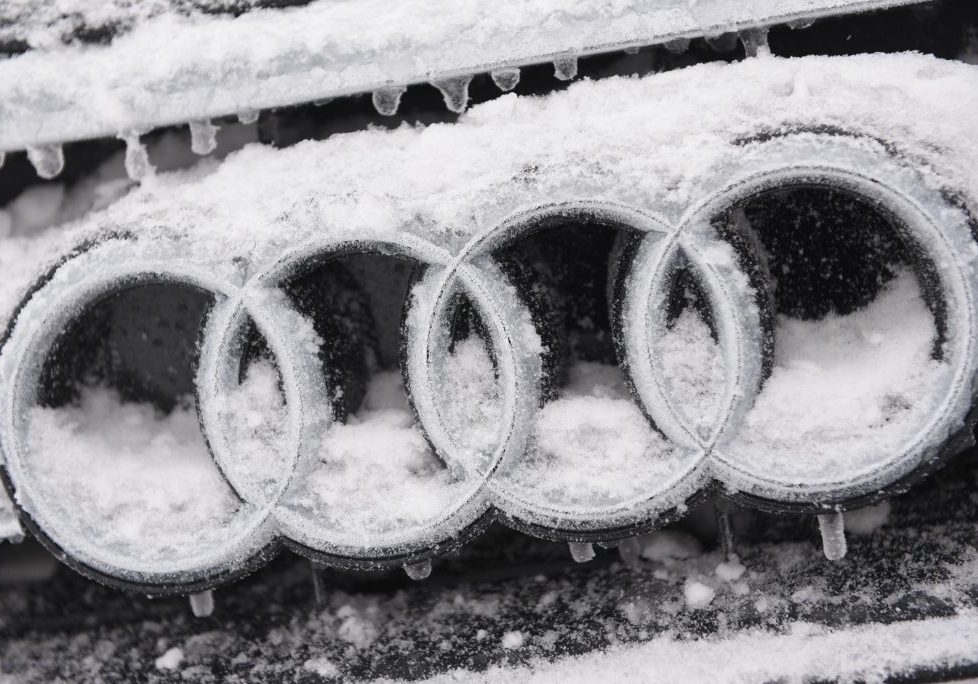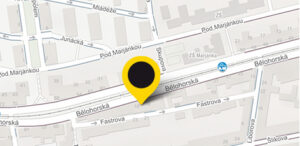Crisis communication on the collapse of Sberbank CZ
Crisis communication for the Financial Market Guarantee System
1x Gold
Czech Award for PR Lemur
1x Bronze
Golden semicolon (Czech Republic + Slovakia)

Russian troops invade Ukraine on 24.2 2022. That day, Sberbank CZ clients withdraw deposits en masse. Within two days the bank collapses, panic spreads through the market. What will happen to the money left in the bank? Will other banks fail? The task of the legally established Financial Market Guarantee System was to reassure over 120,000 Sberbank clients that they would get their savings back and at the same time protect the rest of the banking market from further panic.
Zdenka Učňová, Michaela Procházková, Jan Čambora
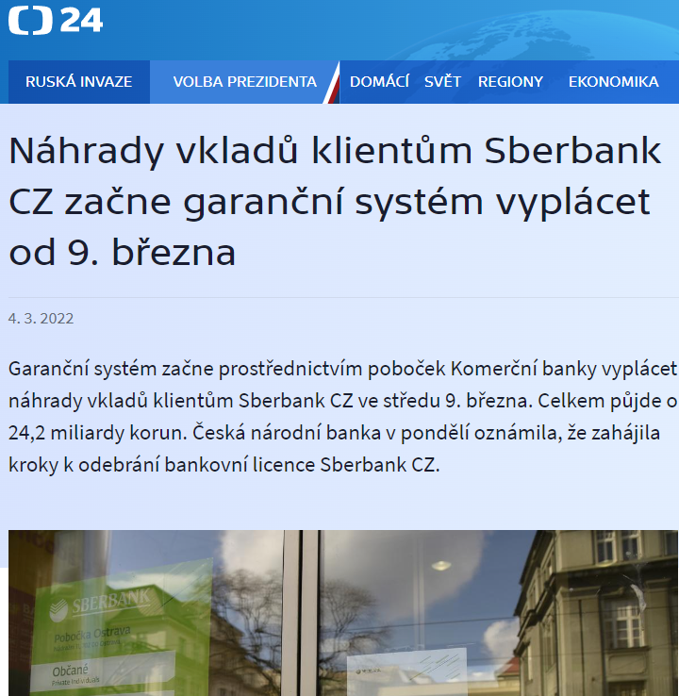
CONTEXT AND CHALLENGE
A bank failure always means huge stress for people. They lose access to money for day-to-day operations and their lifetime savings. The financial market guarantee system makes sure that people get their money back - it guarantees deposits up to €100,000. It has paid out such deposits in 20 bankruptcies. However, no bankruptcy has happened as quickly as in the case of Sberbank CZ.
On Thursday, February 24, 2022, the networks were filled with statements about withdrawing money from the bank as a form of protest. On Friday, the bank runs out of cash and closes branches. On Monday, the CNB announces that the bank is bankrupt. Stress explodes, the networks are flooded with hoaxes about what is happening at other banks. As of now, GSFT has 7 working days to start paying refunds and informing the bank's clients.
Panic is spreading - Sberbank was a big bank, more banks here have connections to Russia. Will more fall?
Our goal was to reassure and inform over 120,000 bank customers and the public that their deposits were insured and would be returned. At the same time, we were tasked with preventing the spread of panic and a run-on other bank that would paralyze life in the country.
Active communication began on February 25 and ran until 2023.

SOLUTION
The collapse of Sberbank CZ was the biggest banking institution collapse in the Czech Republic since 2007. We had nothing to build on - there was no similar and relevant crisis communication in the Czech environment to learn from.
Given the size and circumstances of the bank's collapse, it was also the first time that a collapse had caused such a large wave of panic and misinformation. Our responsibility was not only to inform the clients of the failed bank and protect GSFT's reputation as a reliable pillar of the banking market, but also to stop the spread of panic that led to the threat to the existence of other banking entities on the Czech market.
Central to the success of the crisis communication were functioning processes, speed, and consistency of message. The slightest mistake could have damaged the stability of the banking market and led to the collapse of other banks.
The communication carried two messages - the first was that the banking sector in the Czech Republic was healthy and the collapse of Sberbank was an externality caused by the invasion. The second was that bank deposits were insured, which only half of the population knew.
The first branch of communication was primarily aimed at the 120,000 affected bank clients. To them, we primarily delivered communications regarding the details of deposit refunds. The aim was to ensure that they would withdraw their deposits in an orderly manner, i.e. that there would be no panic at the branches of the paying bank on the first day of payment.
The second branch of communication was oriented towards the whole population. We had to reassure them that the collapse of Sberbank was caused by the Russian invasion of Ukraine and was in no way related to the state of the banking sector. The aim was to avoid panic, which would have led to further runs on banks and potentially to the collapse of the Czech banking system.
We reached both target groups on social media and in the national media. An important tool we used in our crisis communications was media relations, which we have been building with key media and journalists since we started working for GSFT in 2009. We did not use paid media in our communications. Primarily we issued press releases on deposit refunds, provided quotes/replies within the press office to reassure the market. We also used a FB profile to communicate, which served as a public advisory board, among other things.
To maintain and strengthen media relations, we organized a press workshop after the hot phase of crisis communication.
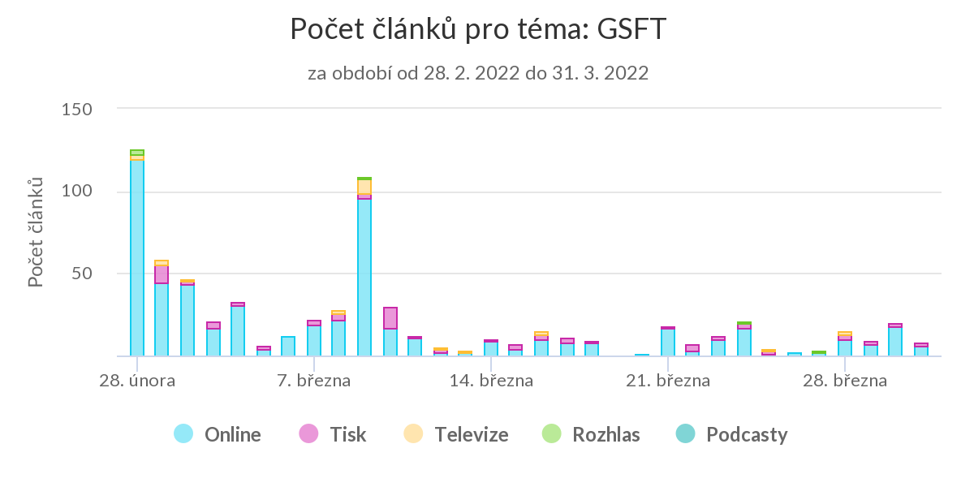
OUTPUTS AND RESULTS
In the first week of crisis communication (28.2. - 6.3.2022) we registered over 300 mentions and quotes with a positive or neutral tonality. For the whole month of March, we recorded nearly 700 mentions. In April and May, we record another ca. 300 mentions. We appear in print, online, TV and radio. In parallel, we are also communicating on social media.
We saw the results of the positive media coverage live. Seven days after the collapse of Sberbank, thousands of people turned up for deposit refunds. Everything is going smoothly; people know that everyone will be covered. There is no run-on other banks. Awareness of deposit insurance is rising after the Sberbank collapse - from around 50% in the general population to 75%, as qualitative research by Response:NOW confirmed to us.
The success of crisis communication is confirmed by the fact that a few months after Sberbank's collapse, 72% of the general population reported that they trusted the banking system. This is a few percentage points higher than in the last survey in 2017, when there were no crashes.
1 500+
media outlets
25%
increase in knowledge of the deposit insurance instrument
72%
of the population trust the stability of the banking system
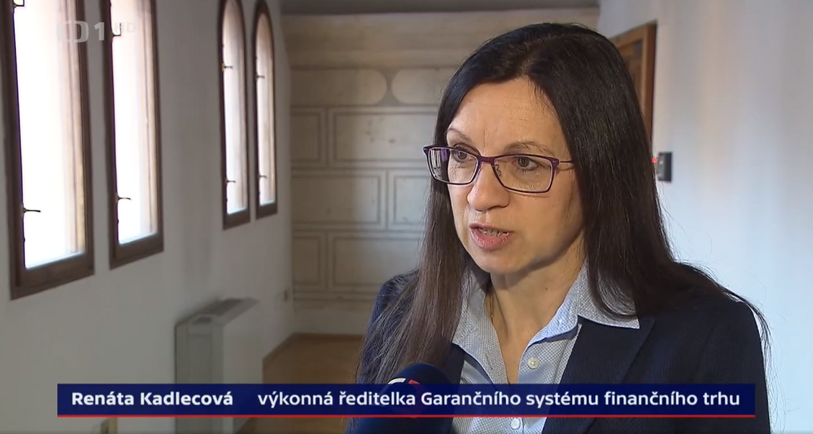
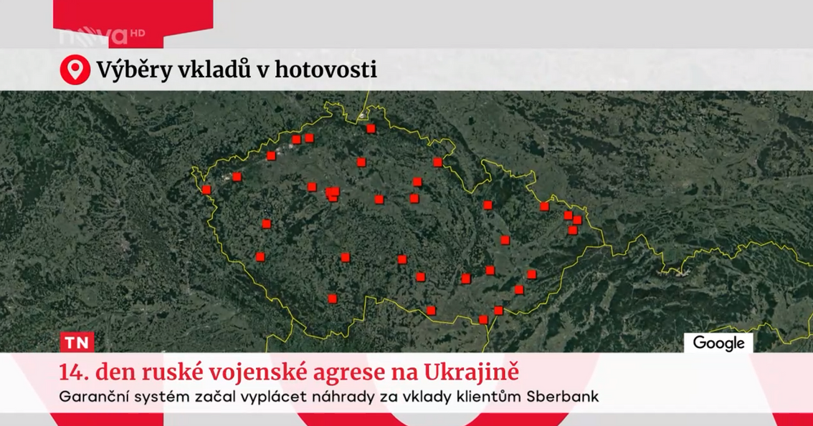
NEXT CASE STUDIES
Keys to Freedom
Corporate Communications for ASSA ABLOY
The 21,000 FAB keys distributed on 17 November 2019 in Prague on Národní třída, Albertov and Wenceslas Square became one of the symbols of the 30th anniversary of freedom and democracy.
SME EnterPRIZE competition
B2B communication for Generali Česká pojišťovna
The future does not belong only to the big ones. Under this slogan, Generali Česká pojišťovna launched the SME EnterPRIZE competition, which honoured sustainable small and medium-sized businesses in its portfolio.
SRNA index: hit and run
Educational campaign for Generali Česká pojišťovna
Did a black cat cross your path? You’ll be out of luck. Did a deer cross your road and you were unharmed? You’re lucky from hell!
True or fake?
CSR communication for T-Mobile
No one is immune to rumours and misinformation. Neither higher education nor the social bubble of a bigger city helps.
Margarines for the heart and the planet
Integrated communication campaign for Upfield
Some Czechs, influenced by the past, perceive margarine as something artificial and as a second-class product after butter.
Worker of the Year
B2C communication for Kofola
Introducing a premium product through ordinary people – sweaty garbage men or tired warehouse workers – is something not many marketers would dare to do. Kofola would.
Audi quattro Cup
Golf tournament for Audi
The tradition of a very special Audi golf tournament has been running for more than 25 years in the Czech Republic.
Tax on Diesel Fuel
B2B communication for DKV Euro Service
How to boost customers´ loyalty? Convince them that you know their problems, that you stand by them and you are not afraid to fight for them.
Meal for geeks
HR communication for T-Systems Slovakia
“Do you work in the Czech Republic and miss Slovak cuisine?” This is how our campaign tried to appeal to Slovak IT guys.
Decent Coffee
Corporate communication for LMC
Sometimes it pays off to make the journalists a bit angry. They notice the problem, try personally what it means to be part of it, and then happily write about the whole issue.
How do you sell Audi A8 at an event
Event marketing for Audi
How to address people who are as busy as can be, who belong among leaders in their rank and who are the potential new customers of the new Audi A8?
How to turn a journalist into fighter?
Product communication for SEAT
When SEAT Arona was launched, we needed to attract the motor journalists’ attention as much as possible.

